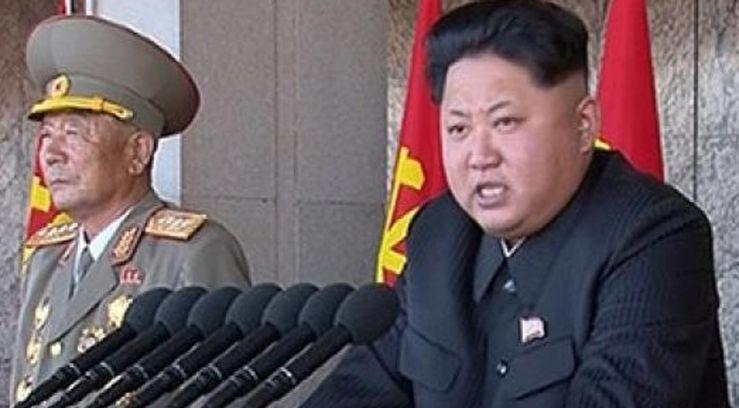Communist North Korea is threatening South Korea just two days after Donald Trump visited Seoul.
North Korean state media described the South as “suicidal” for considering new sanctions on the North.


Communist North Korea is threatening South Korea just two days after Donald Trump visited Seoul.